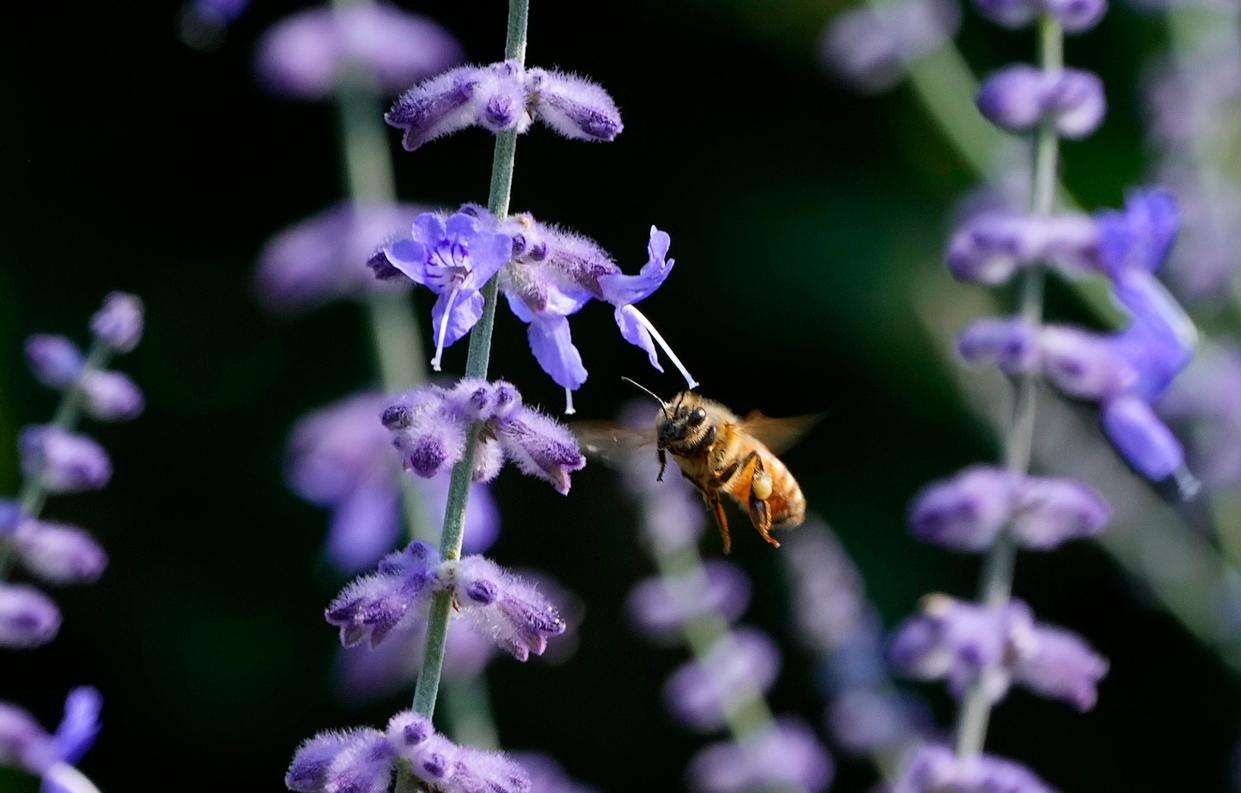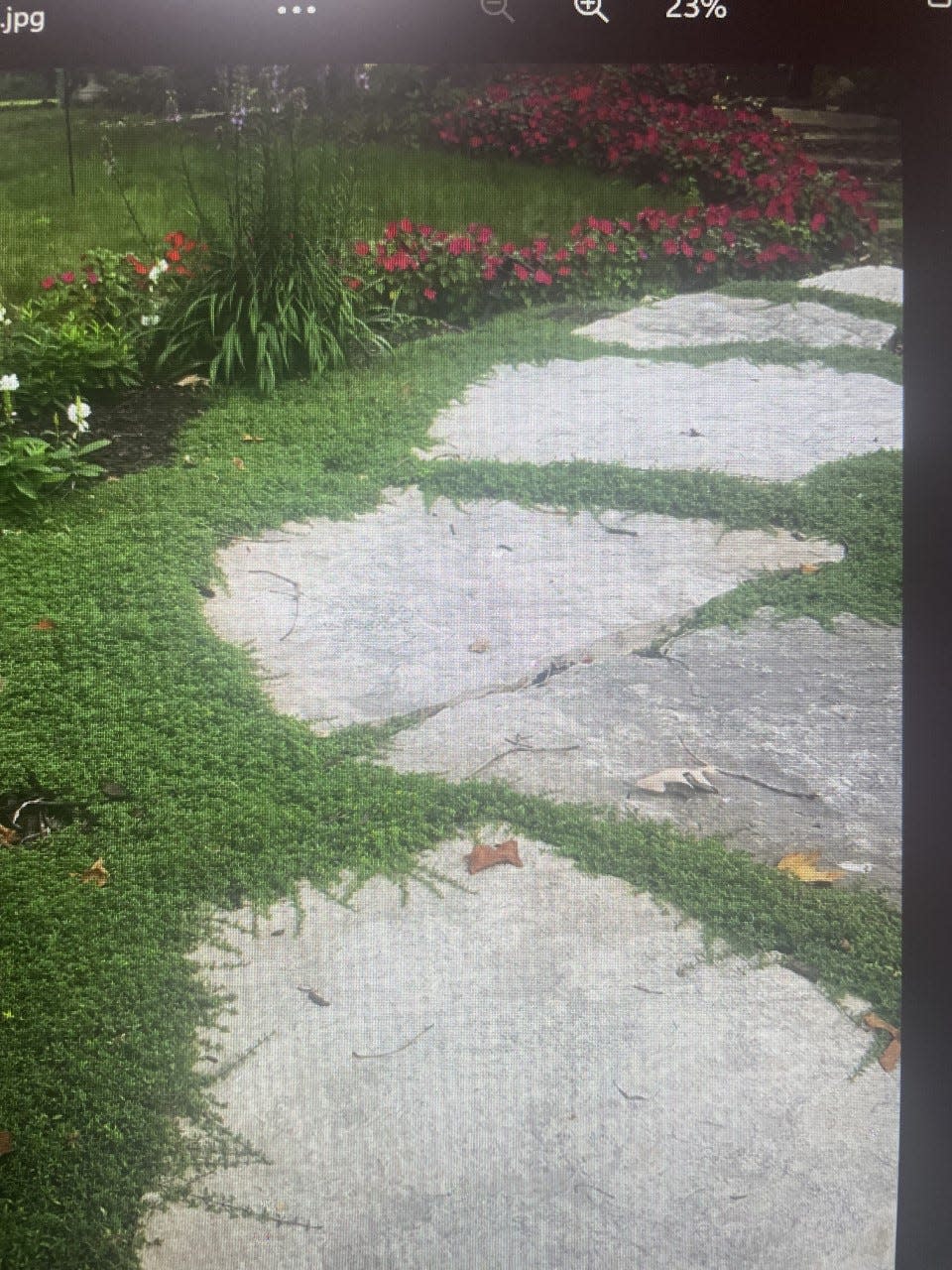How to keep ground bees away, and low-maintenance ground covers for tree borders

Question: Is there anything I can use to keep ground bees away? I just found out I’m allergic to them last summer.
Answer: The majority of native bees are solitary and ground nesting. They are docile, rarely sting and are important pollinators. I realize it is important for you to be very careful. The best option is to discourage them from nesting in areas you frequent. These bees prefer well-draining areas of bare soil or sparse grass, so keeping the ground covered in areas you frequent will encourage them to nest elsewhere. Over-seed bare areas of the lawn and keep the grass healthy to discourage them from nesting in areas near your entryways, patio and deck. Cover bare areas with ground covers or using a thick layer of mulch in those spaces you plan to plant later in the season. Michigan State University has an excellent publication, "Solitary bees in yards a temporary nuisance" (canr.msu.edu/news/solitary_bees_in_yards), filled with more detailed information about these bees.
Q: I would like to plant a low-maintenance ground cover in my tree border. I think once established, it would eliminate some mowing. My current thought is thyme, which shouldn’t need much watering once established. Do you think it would tolerate growing along the street where salt spray from passing vehicles in common?
A: Tree borders, the area between the sidewalk and curb, can be challenging spaces for plants to grow and us to manage. De-icing salt from passing vehicles, as well as snow or water containing de-icing salt piled on or draining into gardens adds to the challenge.

Creeping thyme (thymus serpyllum) is a wonderful ground cover that is salt-tolerant but does need full sun and well-drained soil to thrive. As always, matching the plant to all the growing conditions is important for success. Sea thrift (armeria maritima) is another option that grows best in full to partial sun and well-drained soil. Cheddar pinks (dianthus gratianopolitanus) prefers full sun and good drainage, but most gardeners tend to find it easier to establish than thyme. The native bearberry (arctostaphylos uva-ursi) grows in full sun to partial shade, slightly acidic soils, prefers well-drained soils and tolerates occasionally wet and dry conditions. Coral bells are more shade-tolerant, with Palace Purple (heuchera micrantha) and Chatterbox (heuchera sanguinea) showing salt tolerance. Barren strawberry (waldsteinia species) is another option that is shade-tolerant.
Always check with your local municipality for any planting restrictions before you get started. Minimize the plants’ exposure to de-icing salt by shoveling walks first and only applying a plant-friendly de-icing salt when and where it is needed. Consider using a border of mulch or permeable pavers around the planting bed to reduce the amount of de-icing salt-contaminated runoff that reaches the plants. Proper watering in spring when the soil is thawed helps wash salt off the plants and leach it into the soil away from plant roots. Dr. Laura Jull from the University of Wisconsin-Madison has more helpful information in her publication A3877, "Winter Salt Injury and Salt-tolerant Landscape Plants" (hort.extension.wisc.edu/articles/winter-salt-injury-and-salt-tolerant-landscape-plants).
This article originally appeared on Milwaukee Journal Sentinel: How to prevent bees from nesting and ground cover options for curbs

